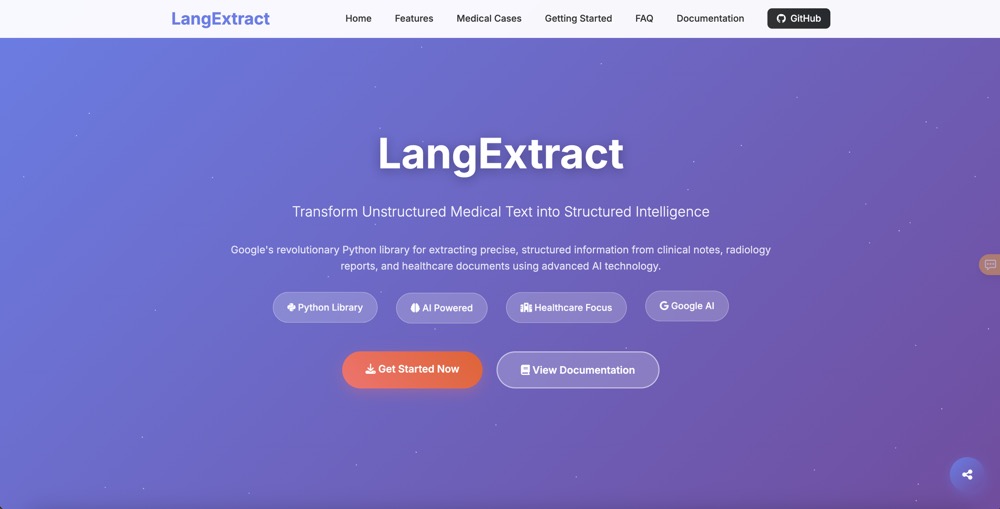JSON Output Extraction from LLMs - A Step-by-Step Exploration

Deciphering LLMs: Understanding the Basics
Large Language Models (LLMs) are AI systems that process and generate human-like text. These models have revolutionized the field of natural language processing (NLP) and have numerous applications in areas like text generation, sentiment analysis, and language translation.
How LLMs Work
LLMs are trained on vast amounts of text data, which enables them to learn patterns and relationships between words, phrases, and sentences. This training allows LLMs to generate coherent and context-specific text. The underlying architecture of LLMs typically involves transformer models, which excel at handling sequential data like text.
Fine-Tuning LLMs for Data Extraction
LLMs can be fine-tuned for various tasks, including data extraction and formatting. By fine-tuning an LLM on a specific dataset, it can learn to identify and extract relevant information, making it an invaluable tool for data extraction and processing tasks.
Advantages of Using LLMs for Data Extraction
- High accuracy: LLMs can extract data with high accuracy, reducing manual effort and increasing efficiency.
- Scalability: LLMs can process large volumes of data quickly, making them ideal for big data applications.
- Flexibility: LLMs can be fine-tuned for various data formats and structures, allowing for adaptability in different scenarios.
Challenges and Limitations
While LLMs offer significant advantages, there are challenges and limitations to consider, such as requiring large amounts of training data, potential biases in the data, and the need for careful fine-tuning to achieve optimal results.
Conclusion
Deciphering LLMs and understanding their basics is crucial for harnessing their power in data extraction and formatting tasks. By grasping the fundamentals of LLMs, developers and practitioners can unlock their full potential and drive innovation in NLP applications.
The Quest for JSON Output: Challenges and Solutions
Understanding JSON and its Importance
JSON (JavaScript Object Notation) is a lightweight data interchange format that has become a crucial aspect of modern web development. Its simplicity and ease of use make it an ideal choice for exchanging data between web servers, web applications, and mobile apps.
The Challenge: Extracting JSON Output from LLMs
Large Language Models (LLMs) have revolutionized the way we interact with machines, but extracting JSON output from these models can be a daunting task. LLMs can be prompted to generate JSON output, but they require specific guidance to produce well-structured and accurate results.
Solutions: A Step-by-Step Approach
To overcome the challenges of extracting JSON output from LLMs, we can follow a step-by-step approach:
- Prompt Engineering: Craft specific prompts that guide the LLM to generate JSON output. This involves using clear and concise language, specifying the desired data structure, and providing examples or templates.
- Data Validation: Implement robust data validation techniques to ensure the generated JSON output is accurate and well-structured. This includes checking for syntax errors, data types, and consistency.
- Post-processing: Apply post-processing techniques to refine the generated JSON output. This may involve data transformation, formatting, and optimization.
Best Practices for JSON Output Extraction
By following best practices and leveraging the capabilities of LLMs, we can successfully extract high-quality JSON output:
- Use specific and clear prompts to guide the LLM.
- Validate and verify the generated JSON output.
- Refine and optimize the output through post-processing.
Prompt Engineering: The Key to JSON Output
Unlocking the Power of LLMs with Carefully Crafted Prompts
Carefully crafted prompts can guide LLMs to produce JSON output, making it a crucial step in extracting structured data from these models. But what exactly is prompt engineering, and why is it vital for successful JSON extraction?
The Art of Prompt Engineering
Prompt engineering is the process of designing and refining inputs to an LLM to elicit specific, desired outputs. It requires a deep understanding of the model's capabilities, limitations, and behavior. By crafting prompts that are clear, concise, and well-structured, developers can significantly improve the accuracy and relevance of the output.
Why Prompt Engineering Matters for JSON Output
Understanding prompt engineering techniques is crucial for successful JSON extraction because it enables developers to:
- Specify the structure and format of the output
- Define the scope and boundaries of the data to be extracted
- Handle ambiguities and edge cases effectively
- Optimize the output for downstream processing and integration
By mastering prompt engineering, developers can unlock the full potential of LLMs and extract high-quality JSON data that meets their specific requirements.
Step-by-Step Guide to JSON Output Extraction
Define the Task and Desired JSON Structure
Before extracting JSON output from Large Language Models (LLMs), it's essential to clearly define the task and desired JSON structure. Identify the specific data points and format required for your application. Determine the key-value pairs, arrays, and nested objects needed to represent the data accurately.
Craft a Well-Designed Prompt to Guide the LLM
Crafting a well-designed prompt is crucial to guide the LLM in generating the desired JSON output. Provide context, specify the task, and include examples to help the model understand the expected format. Use specific keywords and phrases to trigger the LLM's JSON generation capabilities.
Fine-Tune the LLM for Optimal Performance
Fine-tuning the LLM is vital for optimal performance in JSON output extraction. Adjust the model's parameters, experiment with different prompt designs, and evaluate the output to ensure accuracy and consistency. This step may require iterative refinement to achieve the desired results.
Test and Refine the Output to Ensure Accuracy
Thoroughly test the generated JSON output to ensure accuracy and consistency. Validate the data points, format, and structure against the desired output. Refine the prompt and fine-tune the LLM as needed to address any discrepancies or errors, guaranteeing reliable and precise JSON output extraction.
Optimizing JSON Output for Real-World Applications
When working with Large Language Models (LLMs), extracting JSON output is just the first step. To maximize its potential, we need to optimize it for real-world applications. In this section, we'll explore two crucial aspects of optimization: post-processing techniques and integration with other tools and systems.
Post-processing techniques can enhance JSON output quality
Raw JSON output from LLMs can be noisy and require refinement. Post-processing techniques can significantly enhance its quality, making it more suitable for real-world applications. Some common techniques include:
- Data cleaning and preprocessing
- Entity recognition and normalization
- Sentiment analysis and emotion detection
- Text summarization and key point extraction
By applying these techniques, we can transform raw JSON output into high-quality, actionable data that drives informed decision-making.
Integrating JSON output with other tools and systems enables seamless data flow
JSON output from LLMs can be integrated with various tools and systems, enabling seamless data flow and automation. Some examples include:
- CRM systems for personalized customer interactions
- Marketing automation platforms for targeted campaigns
- Business intelligence tools for data visualization and analytics
- Custom applications for specific industry needs
By integrating JSON output with other tools and systems, we can unlock its full potential, driving efficiency, productivity, and innovation in various industries.
Future Directions: Advancing JSON Output from LLMs
Unlocking New Possibilities
Ongoing research aims to improve LLMs' ability to generate high-quality JSON output, enabling more effective data extraction and utilization. This involves refining models to better comprehend complex data structures and produce accurate, well-formatted JSON code.
Emerging Techniques for Enhanced JSON Extraction
Emerging techniques, such as reinforcement learning, hold promise for enhanced JSON extraction capabilities. By incorporating feedback mechanisms, LLMs can learn from their mistakes and adapt to produce higher-quality JSON output, paving the way for more sophisticated applications.

















Comments ()